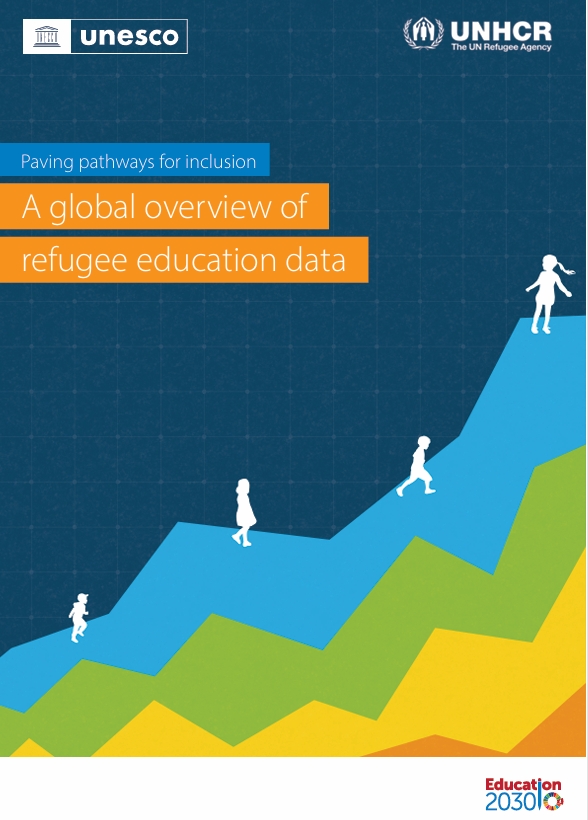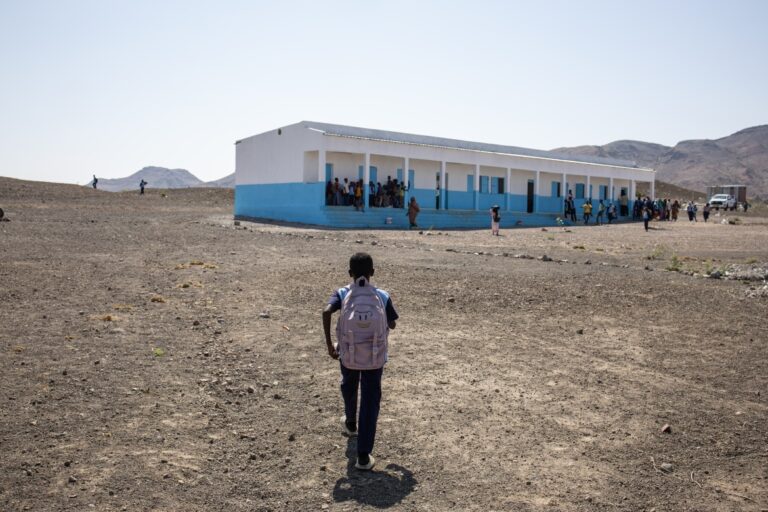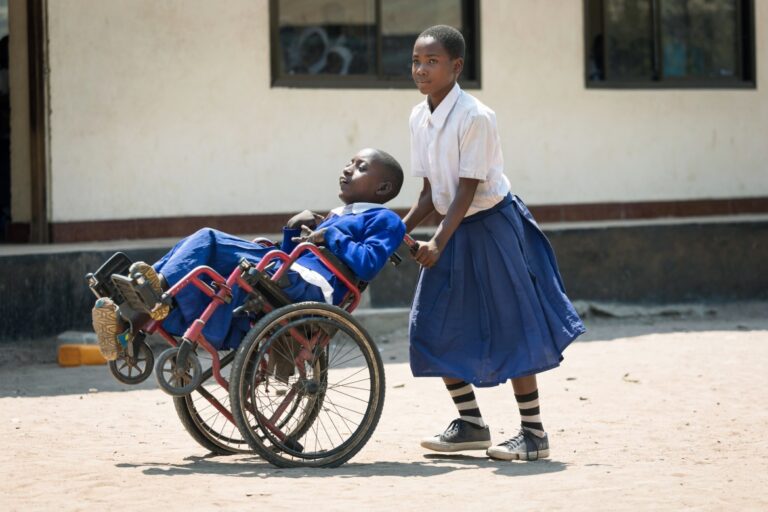I tend to think of equity as being different from equality—equity as the ways in which we meet people where they are, as opposed to equality, which says we’re going to give everyone the same thing. Equity says we’re going to give people what they need. And that may mean there are some communities or some students who are in need of more time, more resources, more support than others. It’s not about fairness; it’s about trying to be mindful of the historical way in which opportunities and advantages have been spread out across respective communities. It’s about understanding historical disadvantages and the kinds of privileges afforded to some communities compared with others.
With COVID-19 happening, I think schools are doing a Herculean task of trying to figure this out all on the fly without a lot of advance notice. We’re asking students to access information by way of the internet. And embedded in that is a huge assumption that all students and their families have access to high-speed internet. Federal data has shown that there are more homeless students in the United States than ever before. That poses a significant equity and access challenge. There are lots of students whom we know are not in a position to access technology like laptops and computers and smartphones by way of just their socioeconomic circumstances. That’s an access and equity issue. We also know that as schools across the country have closed, there are many younger children whose parents who are not available to watch them, so they are in the care of grandparents or great-grandparents who may not be technologically proficient. This too is an access and equity issue. Furthermore, we know that many communities of color have been hit especially hard during this pandemic, which means that many children of color—namely African American, Native American, Latinx, and Pacific Islander students—will experience disproportionate hardship socially, emotionally, economically, and academically.






